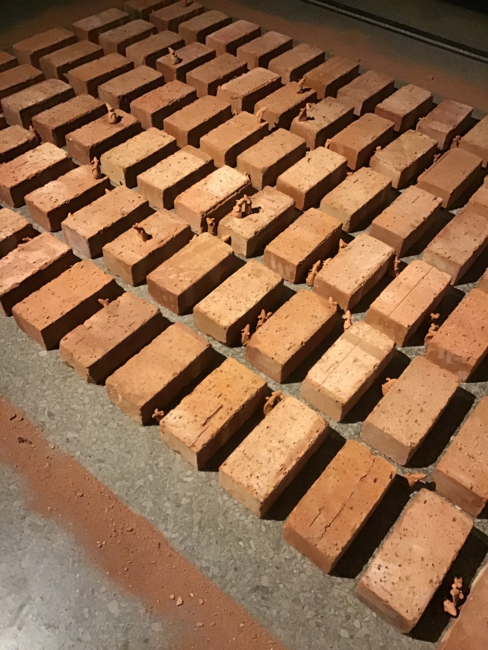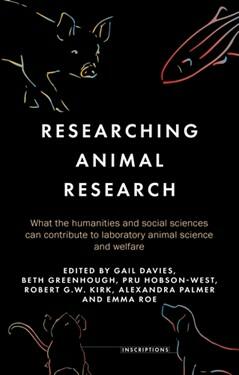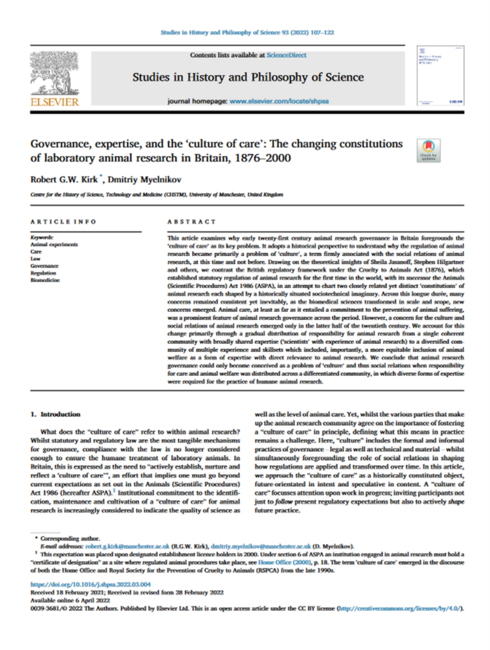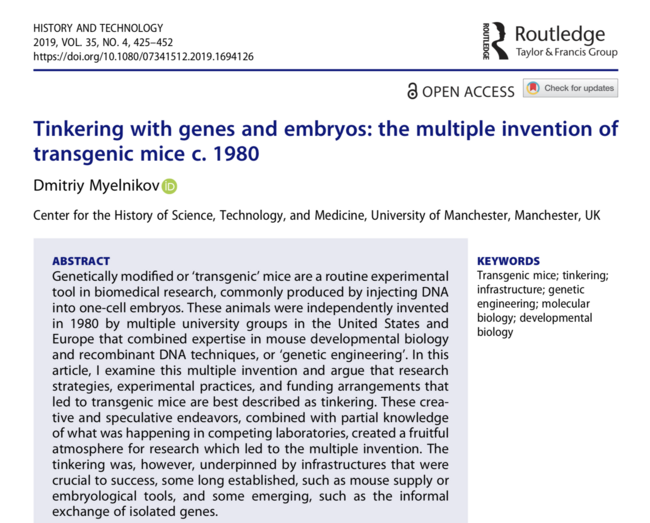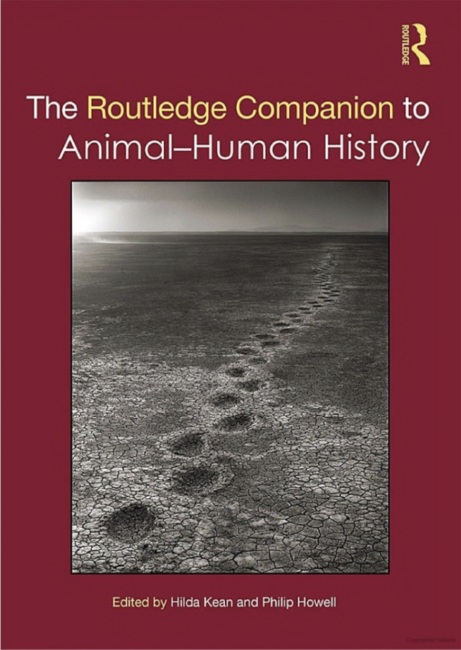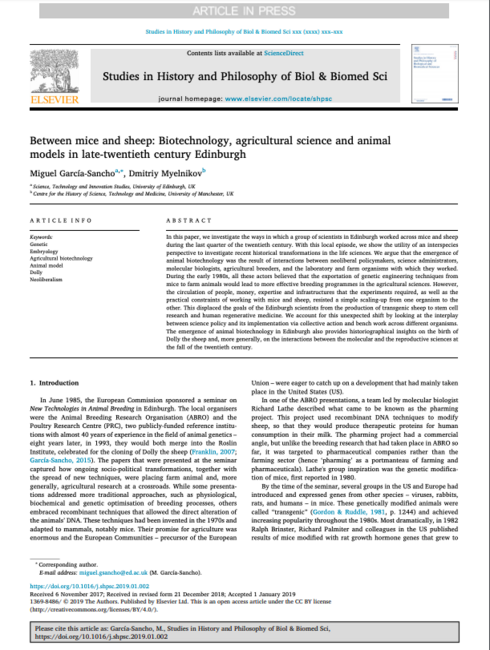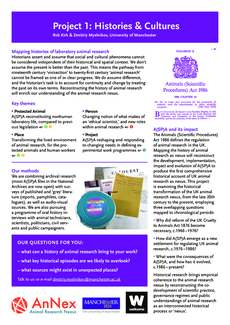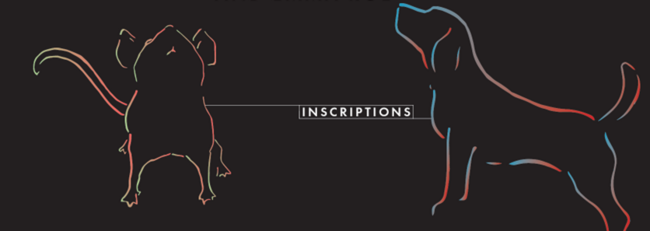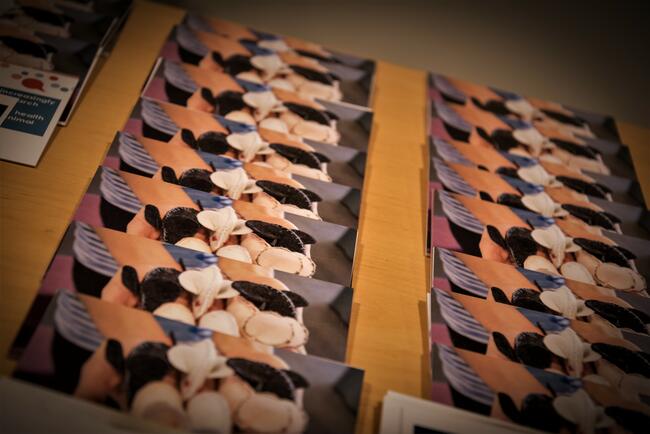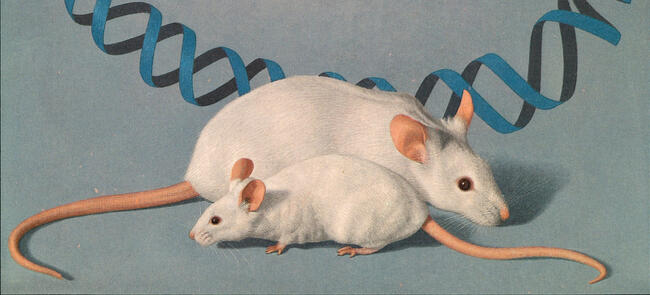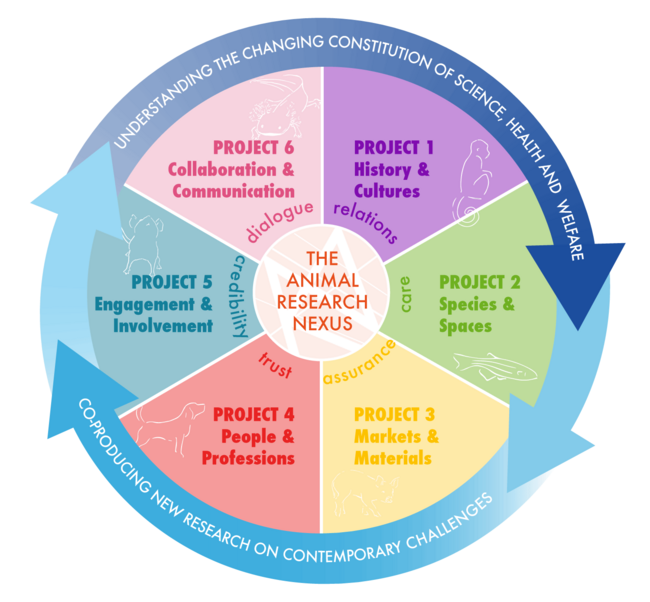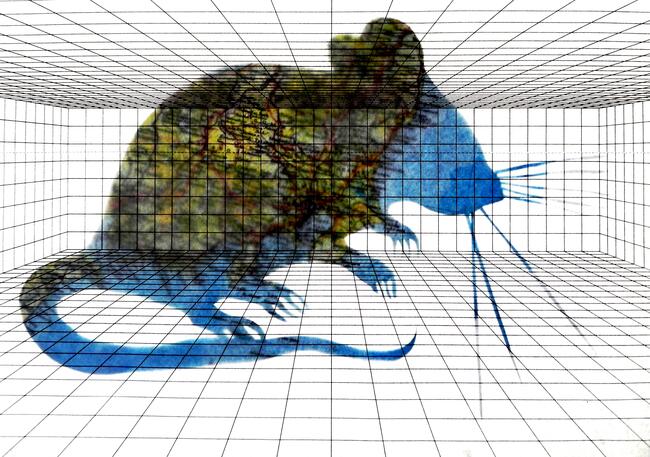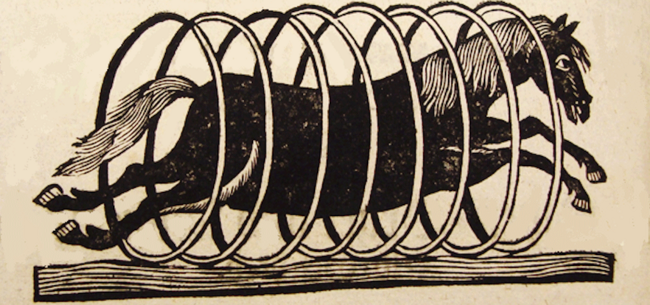History & Cultures
Brings empirical coherence by reconstructing development of scientific practice, governance regimes and public understanding

Work on mapping the history of animal research as nexus was carried by Robert Kirk and Dmitriy Myelnikov at the Centre for the History of Science, Technology and Medicine at the University of Manchester.
This project reconstructed the development, implementation, impact and evolution of A(SP)A 1986 to produce the first comprehensive historical account of UK animal research as nexus. This project examined the historical transformation of the UK animal research nexus, from the late 20th century to the present, employing three overlapping questions mapped to chronical periods:
- Why did reform of the UK Cruelty to Animals Act (1876) become necessary, c.1966-1976?
- How did A(SP)A emerge as a new settlement for regulating UK animal research, c.1976¬1986?
- What consequence had A(SP)A and how has it evolved, c.1986-present?
Historical research brings empirical coherence to the animal research nexus by reconstructing the co-development of scientific practice, governance regimes and public understandings of animal research as an interconnected historical process or ‘nexus’.
Relevant, tagged site content:
